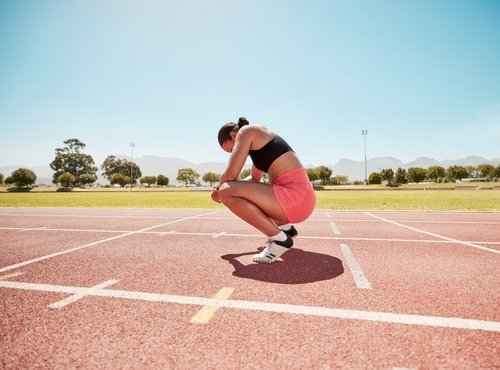
The Deadly Dozen Training Manual
On the athletics track, the 400m and 800m are exactly that, and when it comes to road running, the ability to run a fast 5km has always been noteworthy to me. Whenever an athlete I worked with had a fast 5km time (relative to their gender, bodyweight, and age, etc), they ALWAYS stood out in both their physical and mental capacities, especially when that individual was also strong in the gym – when someone has good physical strength, and can also smash out a good 5km time, they are not just a Hybrid Athlete, they are an absolute beast!
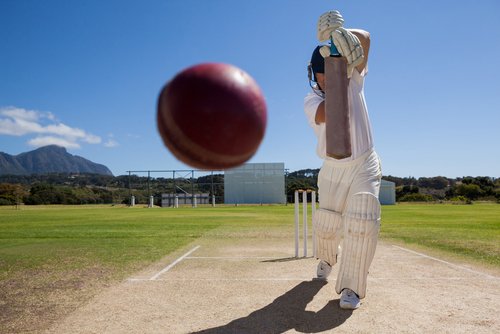
Needs Analysis for Cricket
Cricket games generally last several hours and can span over 3-5 days. Therefore, it is essential that every player is physically fit and healthy. Regardless of what role they are playing within the game, a fitter player is an individual who will have the physical and mental resilience to maintain higher levels of concentration and alertness. Will be ready to execute various movement and performance qualities at any time with a high degree of coordination, technical skills and tactical awareness. They will also recover better and will be far less at risk of injuries and ailments.
This all being said, this program is designed to turn cricket players into high-performing athletes with high levels of strength, speed and endurance – this program is aimed to make fast/pace bowlers, batters and all fielders the best they can be!

Needs Analysis for Soccer
A Needs Analysis looks at the sport and the athlete(s), assesses the demands the sport places on the athlete and considers what qualities the athlete needs to maximize performance and minimize their risk of injury – I have also included some general information about the sport and its history.
Association football, aka football or soccer, is a sport in which 2 teams of 11 players try to kick a ball into the opposing team’s goal.
Although most of the world refers to the game as “football” (including Britain, where the game was invented). I have chosen as a title what is generally considered to be the American name for the game, “Soccer”, mainly because I also have a program on Gridiron Football (American Football) which I have referred to as “Strength and Conditioning for Football”.
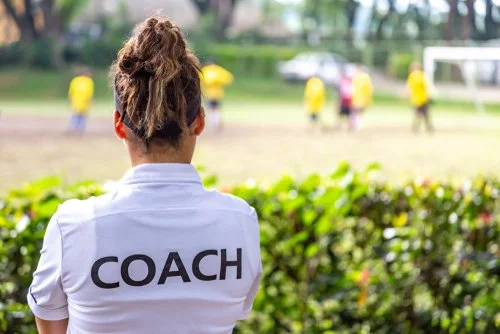
What is Strength and Conditioning?
In this article, I’d like to define what strength and conditioning is and take an in-depth look at what a strength and conditioning coach does.
The Definition:
Strength and conditioning, or S&C for short, refers to the physical development of competitive athletes at all levels, including elite-level sport, grassroots players or even hobbyists that want to succeed in sporting or fitness events.
In essence, a strength and conditioning coach prescribes exercises to improve the movement qualities and performance qualities of athletes.
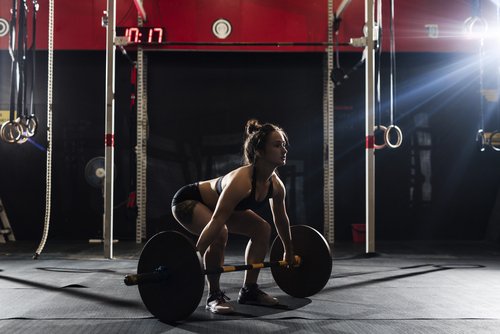
Are The Olympic Lifts Worth It?
Olympic Weightlifting, or just weightlifting, consists of two lifts. The Snatch, a 1-phase lift, and the Clean & Jerk, a 2-phase lift.
The Olympic lifts require great strength, speed (strength-speed), mobility, balance, and coordination. Therefore, it is easy to see how they have benefits to athletic performance.
However, they are also very technical and require a fair bit of practice to get the basics right, let alone master them. Therefore, the learning curve can often be deemed too steep/long to justify programming them.

Needs Analysis for Boxing
A Needs Analysis looks at the sport and the athlete(s), assesses the demands the sport places on the athlete and considers what qualities the athlete needs to maximize performance and minimize their risk of injury – along with the needs analysis I have also included some general information on boxing styles, etc.
Boxing is a combat sport where two fighters aim to strike (punch) each other above the waist (torso and head) with a clenched fist to score the most points or knock their opponent out.

Strength and Conditioning for Boxing
The program is designed to develop the strength and conditioning of boxers and to ensure fighters are not just training hard but also smart.
Those who have stepped into the ring know what it means to be “Fighting-Fit” and understand the work that is needed to achieve a win. However, it is not just about annihilating your body; it is about taking an educated approach to getting strong and into a level of conditioning that will allow you to perform at your best.

What Sports Require the Most Skill?
Perception is the ability to see, hear or become aware of something through our senses. It's the neurophysiological processes, including memory, by which we become aware of and interpret external stimuli and in turn, do something about it.
My favourite example is a boxer not reacting to a single punch but countless stimuli, such as the opponent's previous shots (what they did during previous rounds), their foot position, shoulder position, line of sight, etc, etc, etc.
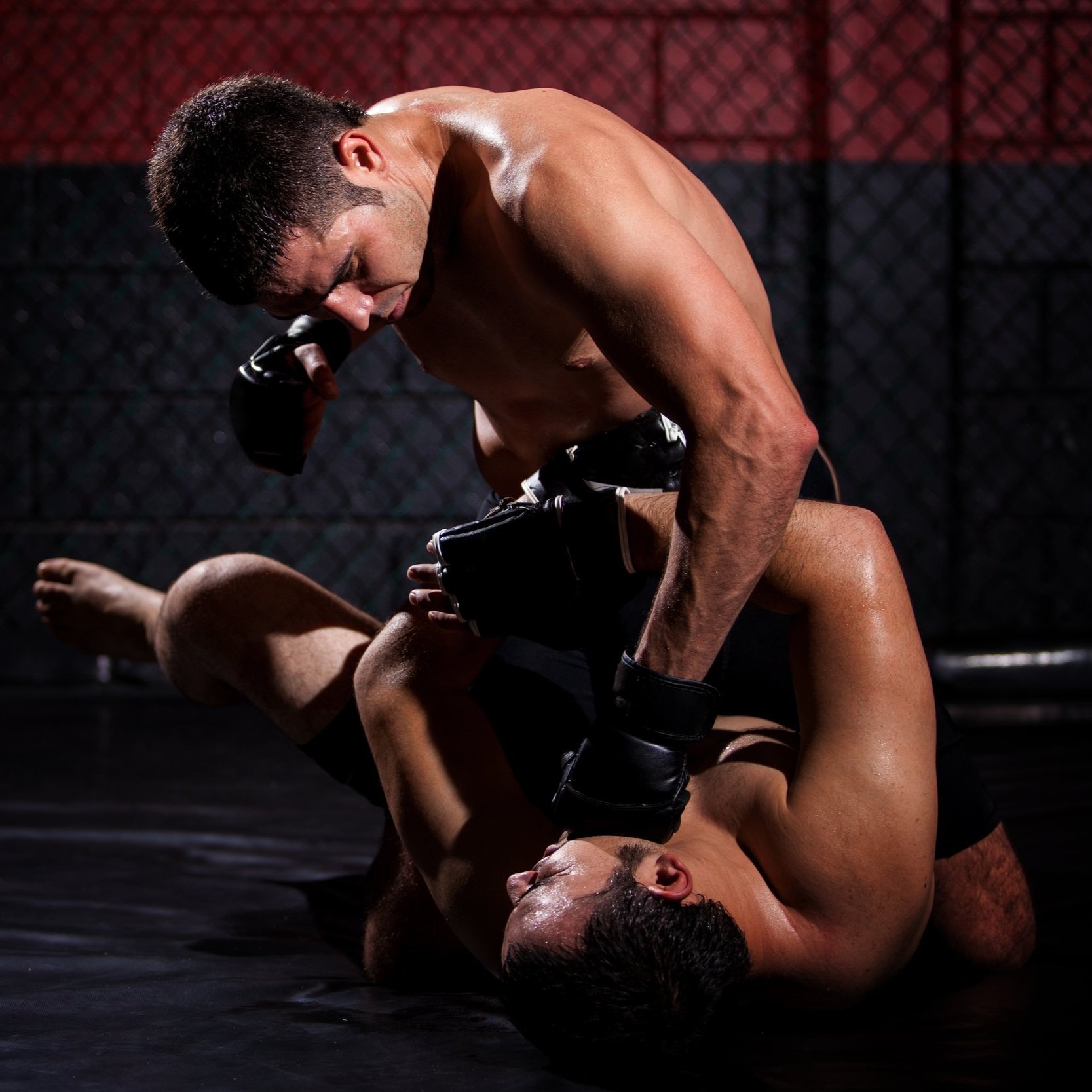
Top 3 Most Physically Demanding Sports
This is a tough question to answer as there are so many factors. Therefore, we need to establish what we class as physically demanding.
We need to consider the different components of fitness, such as muscular strength, muscular endurance, cardio-respiratory endurance, and speed. Of course, when it comes to the term "physically demanding", we tend to think of components that apply huge metabolic stress, such as muscular and cardiorespiratory endurance, rather than coordination, balance, and reaction time - is maximal endurance more demanding than maximal strength?
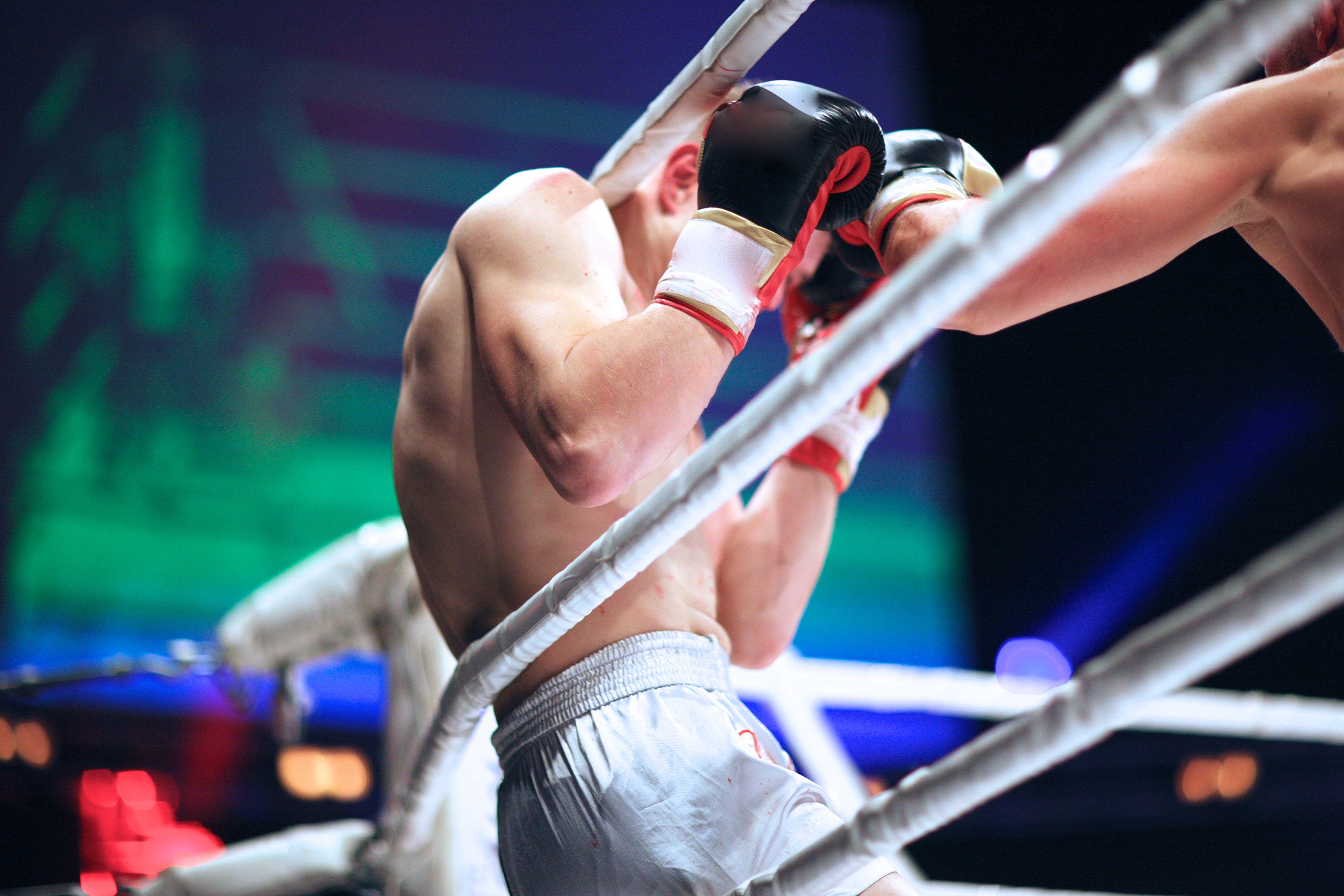
Reaction Time
Fast reactions are clearly an integral part of athleticism. However, when it comes to the trainability of reaction time, things are questionable, to say the least.
Ultimately, we need to define exactly what we mean by reaction time and also what physical attributes we are specifically targeting.
Reaction Time is defined as the amount of time it takes to respond to a stimulus - we could describe it as "Quickness”. However, it is not just our ability to react to a stimulus. It is also the ability to change the position of the body in accordance with the stimulus. Therefore, qualities such as coordination, balance, and mobility are important factors."

Movement Screening
Movement screens are a great way to understand a client's or athlete's movement capabilities and limitations. However, I do think it is key that people understand that a poor result on a specific movement assessment should NOT be seen as a sure sign of injury risk but as indicators of where improvements in overall performance can be made – making a more robust athlete!

Youth Strength and Conditioning
I have just published a Youth Strength and Conditioning Book/Paperback Program on Amazon - the book works as both a program with detailed instructions and program cards for each training session and a logbook with log pages to track your progress.
The program is designed to develop the Strength and Conditioning of adolescents between the ages of 12 and 16-years-old.
Although there can be disparity between the physical development and maturity of adolescents between the age range of 12-16, this program has been tried and tested across the different age and ability levels and consistently produces brilliant results – the program has been used with complete novices and world-class youth athletes.
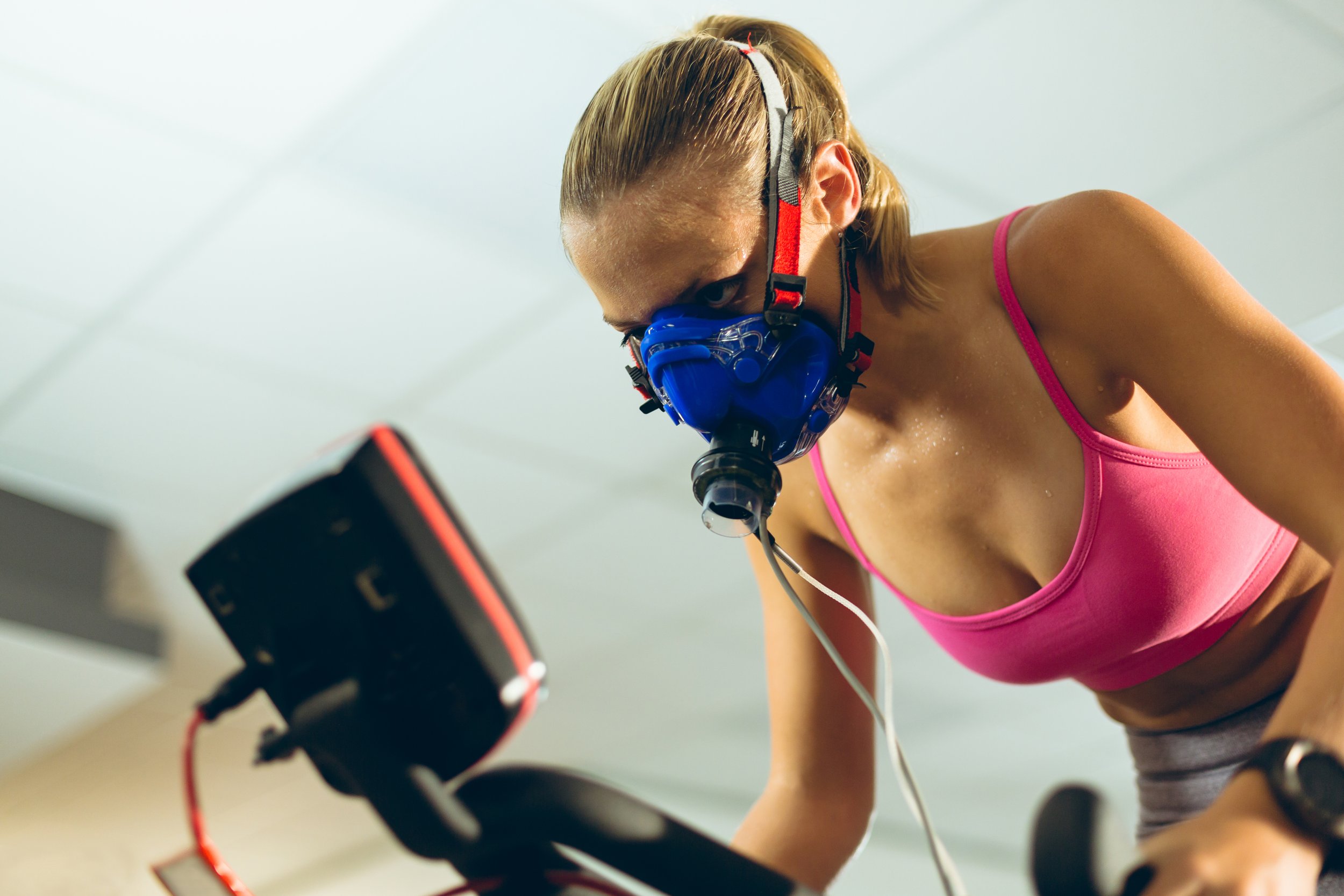
Fitness Tests
Fitness tests set benchmarks, inform our programming, and allow us to see whether we have improved. Therefore, fitness tests are a necessary part of optimal program design - programming just isn't programming if it doesn't include some form of fitness testing!
Some tests are far more likely to result in clear, measurable changes, such as long-duration endurance tests. However, when it comes to short change of direction (COD) speed tests, for example, what is the Smallest Worthwhile Change?
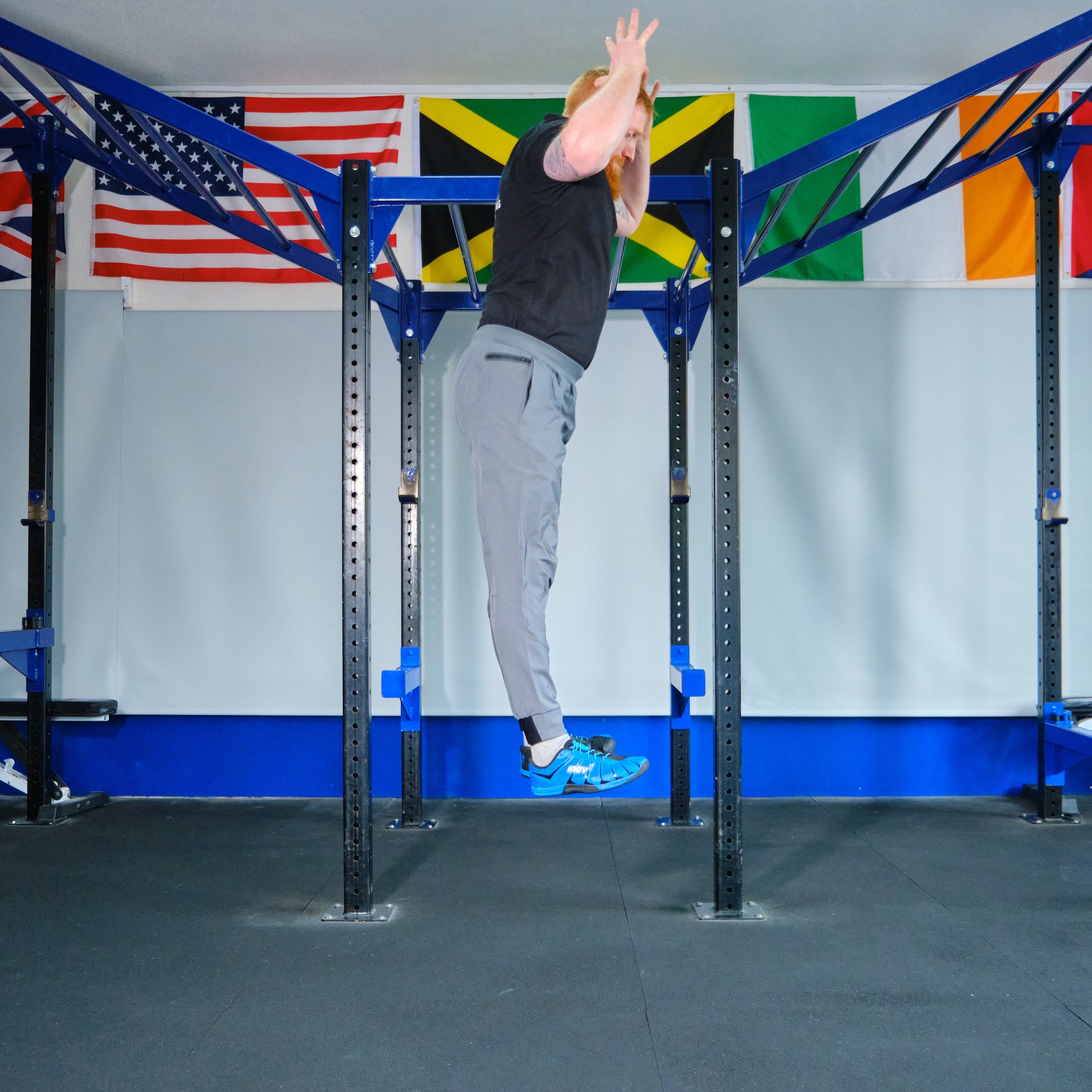
What are Plyometrics?
The term "Plyometrics" was coined by an Olympic long-distance runner from the USA named Fred Wilt. After watching Russian athletes using various jumps in their warm-ups before track and field events, he came up with the term.
Plyometrics is essentially "Jump Training." However, we can also describe upper body exercises that emphasize using the stretch-shortening cycle (stretch reflex) to produce an explosive movement as plyometrics. For example, plyo push-ups.
Yuri Verkoshansky (a Russian sports scientist) is often considered the godfather of plyometrics and is infamous for his "Shock Method" of plyometrics.
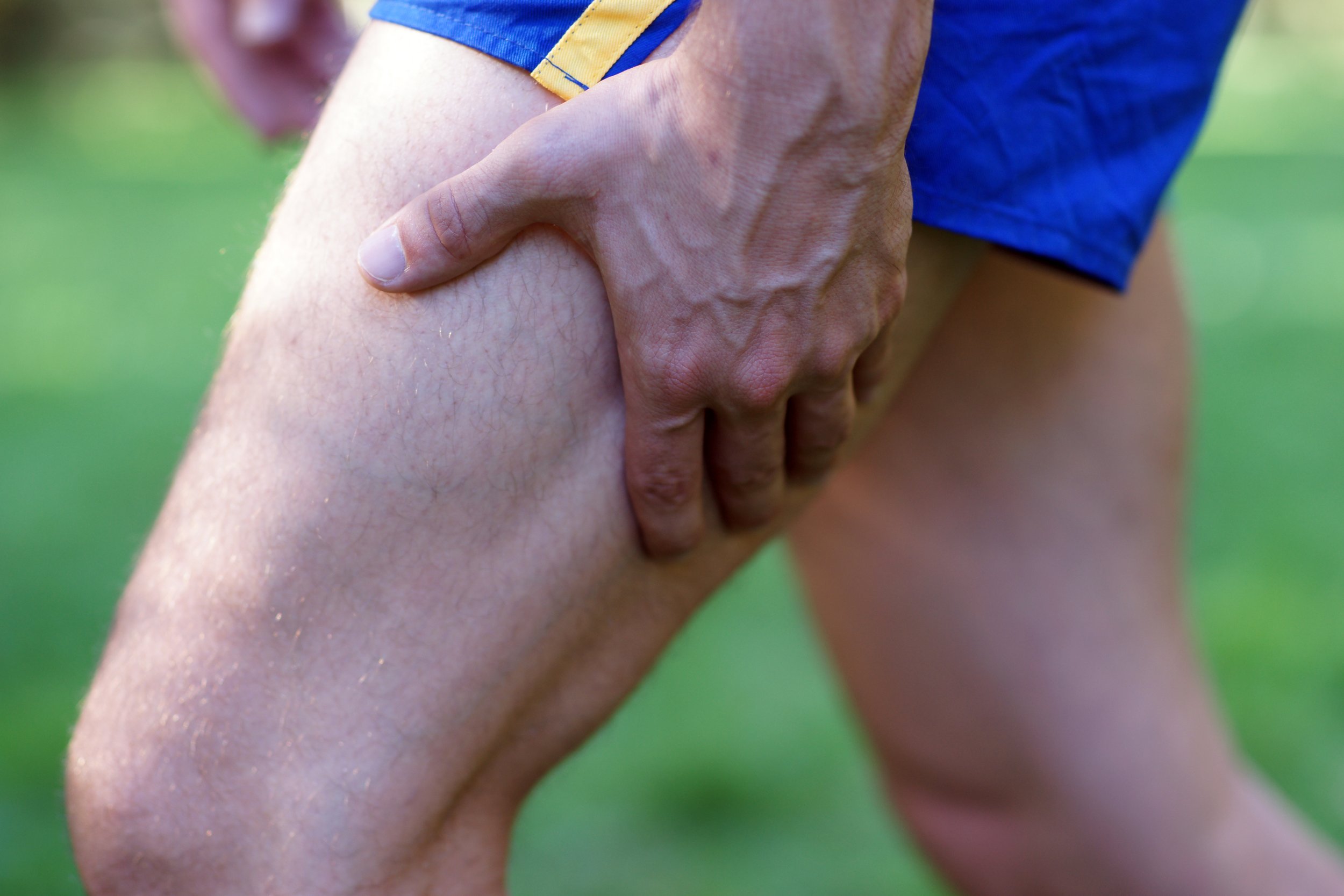
How to Prevent and Work Around Training Injuries
First things first, always see a medical professional if you are in pain or worried about a specific injury or ailment (injuries are complex). This article is designed to get you thinking about what measures you can take to reduce the risk of training injuries.
Unfortunately, it is unlikely that we will eradicate injuries, especially when aiming for the highest level of performance. However, there is a lot we can do to reduce the risk of injuries drastically.
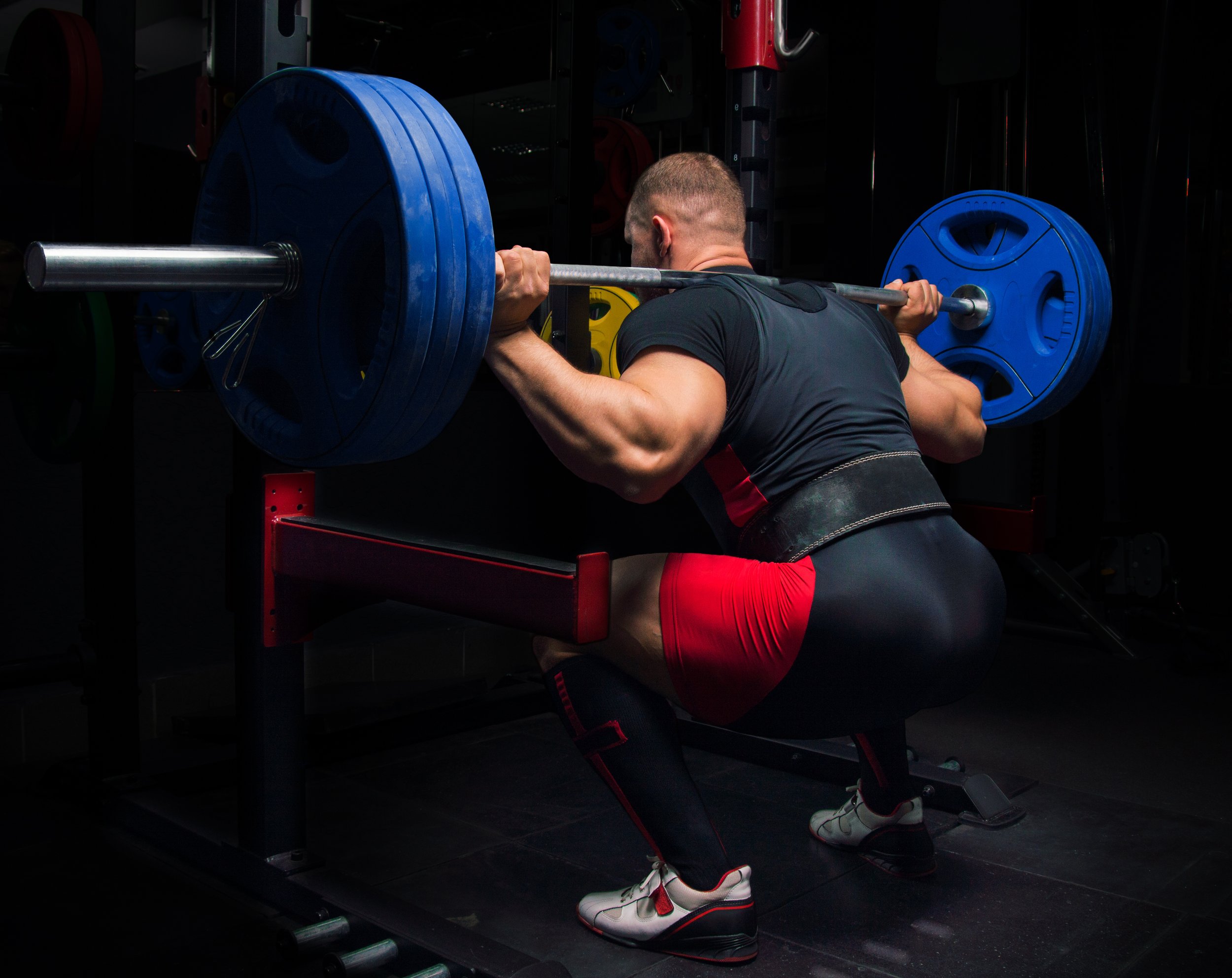
How Often Should You Lift Maximally?
The Infamous Russian Sports Scientists Vladimir Zatsiorsky classified max strength training (the maximum effort method) as working above 90% of your 1 rep max (1RM) - I personally classify max strength as anything above 85%, but maybe I am not as hardcore as the Russian lifters!
It is well established that lifting maximal loads elicits the greatest strength increases. However, there is, of course, a risk of overtraining and injury when pushing things to the limit regularly.
I know many lifters that work above 85% multiple times a week, every week, and others that incorporate max effort lifts every 3rd week followed by a week-long deload.

